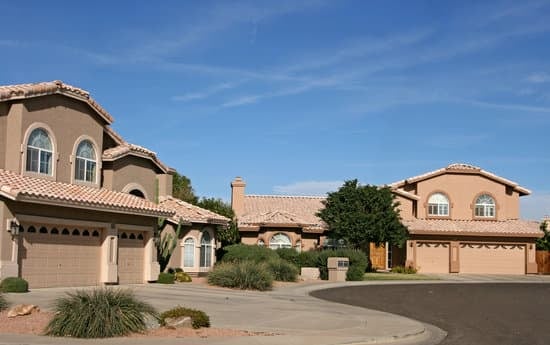If you’re not careful with how much Epsom salt you apply to your lawn, it can cause some unwanted effects. Here are a few things that may occur if you put too much Epsom salt on your grass:
Reduced calcium uptake – The addition of Epsom salts to soil that already has sufficient magnesium could lead to a reduction in calcium uptake. High magnesium levels can interfere with the ability of plants to absorb calcium, which is essential for strong cell walls and overall plant health. Too much Epsom salt on your lawn can cause calcium to be locked-up, leading to stunted growth, yellowing of leaves, and increased susceptibility to pests and diseases.
Scorch to leaves – If you apply Epsom salt solutions directly to plant leaves, it can cause damage in the form of leaf scorch, similar to how over-fertilizing can burn leaves.
Disruption of mineral balance – Magnesium is a nutrient that is essential for plant growth. However, too much of it can cause an imbalance in the soil’s mineral content, leading to a deficiency of other vital nutrients such as iron, copper, and zinc.
To avoid these negative consequences, it’s always best to use Epsom salt according to the directions. Generally, experts recommend applying Epsom salt to lawns at a rate of 1/2 to 1 pound of Epsom salt per 100 square feet of lawn, no more than twice a year. Make sure to follow the manufacturer’s instructions and avoid over-application, so you don’t harm your lawn or garden in the process.




















